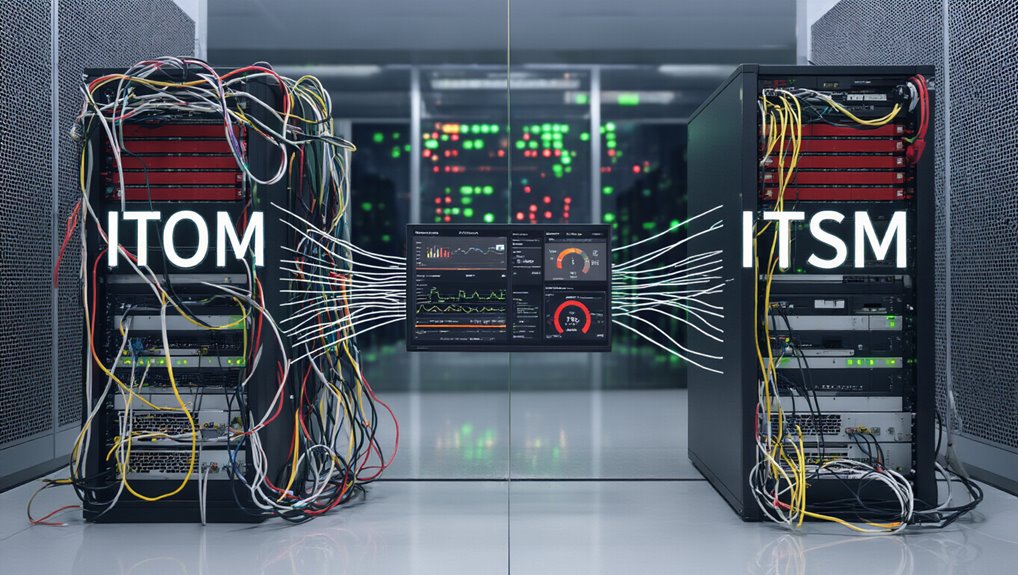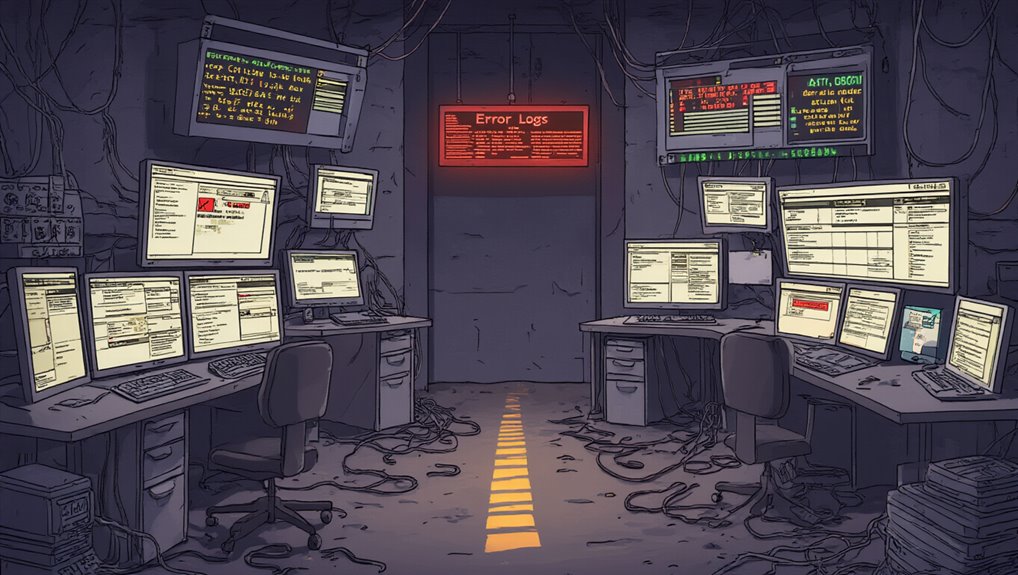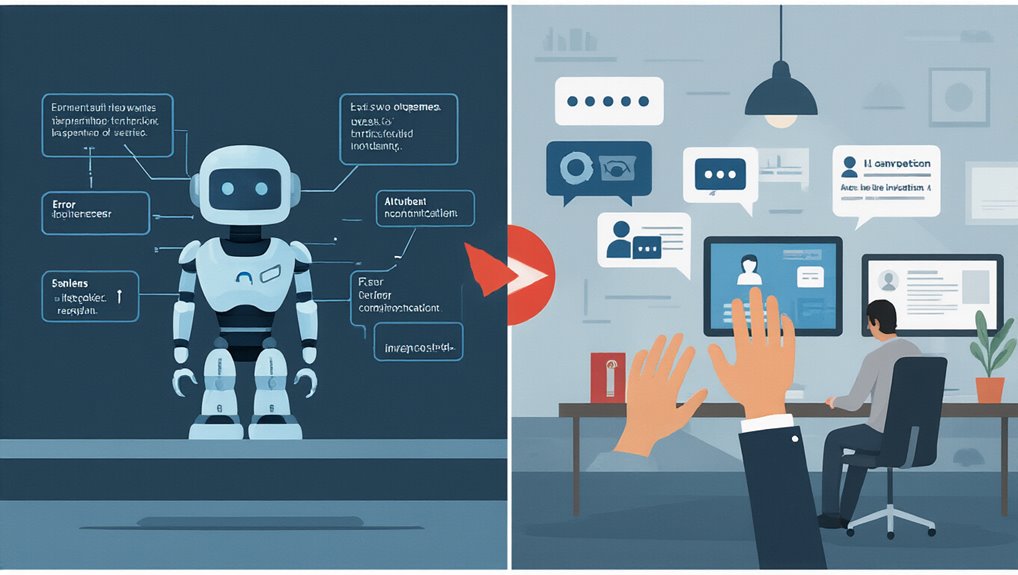When should organizations begin planning for ITSM tool replacements? The ideal time is well before vendors announce end-of-life (EOL) dates. Many IT leaders find themselves scrambling when faced with deadlines like Cherwell’s December 31, 2026 EOL announcement, but this reactive approach carries considerable risks.
Rushing ITSM replacements creates several critical problems. Migration projects typically require 9-12 months to complete properly, involving complex processes like:
- Data mapping and cleansing
- Integration testing with existing systems
- User training and adoption planning
- Process redesign and configuration
Organizations that wait until the last minute often compromise on proper planning and testing. The consequences can be severe: data integrity issues, operational disruptions, and security vulnerabilities that persist during hurried transitions. Users forced to adopt new systems without adequate training experience productivity drops that can last months. Comprehensive training programs are essential to ensure smooth adoption by stakeholders and maintain productivity during the transition period.
The strategic approach involves beginning migration planning 12-18 months before EOL dates. This timeline allows for:
- Thorough needs assessment
- Proper vendor evaluation
- Extensive testing
- Phased implementation
- Adequate training programs
Legacy tools that lack security patches and updates create compliance risks that increase exponentially as EOL approaches. The absence of vendor support means vulnerabilities remain unaddressed, potentially exposing sensitive data. This becomes especially problematic as many vendors implement expensive support packages for legacy systems as a temporary stopgap. Studies show that properly integrated ITSM systems contribute to a 92% lower churn rate compared to disconnected legacy solutions.
Modern ITSM platforms offer compelling advantages that make proactive replacement worthwhile. Today’s solutions incorporate AI capabilities that enhance service delivery while reducing costs. Advanced integrations support broader enterprise management across departments. Automation features greatly reduce manual workloads.
The financial implications of ITSM replacements extend beyond software costs. Organizations must budget for implementation resources, training, and potential productivity dips during transition. However, these costs are typically offset by operational efficiency gains within 12-18 months.
The wisest approach balances urgency with strategic planning. By starting early and following a methodical migration path, organizations can minimize disruption while positioning themselves to leverage the full capabilities of modern ITSM platforms.









